Review suggests that glass ionomers had best retention rates in non-carious cervical lesions

The aetiology of non-carious cervical lesions (NCCLs) has not been fully clarified but they are characterised by a slow and gradual loss of mineralized dental tissue in the absence of dental caries. This results in a saucer or wedge-shaped defect that appears along the cementum–enamel Junction. The aim of this review was to assess the [read the full story…]
Evidence on whether treatment delay has adverse effect on outcomes following facial fractures is limited
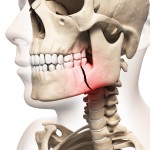
Since the introduction of open reduction and internal fixation the management of facial fractures has changed dramatically. However many uncertainties remain and the importance of the time from injury treatment is one area of dispute. The aim of this review was to examine the effects of treatment delay on outcomes in the management of facial [read the full story…]
Scant evidence to assess whether root-filled teeth are more at risk of external root resorption during orthodontic treatment
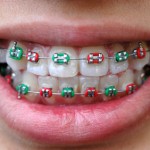
Orthodontically induced external apical root resorption (OIEARR) has been classified as surface resorption caused by loss of cementum. Usually this is superficial and unidentifiable radiographically but if this occurs apically it can be seen as shortening of the tooth. Typically OIEARR is less than 2mm and clinically insignificant. OIEARR greater than 4mm is severe and [read the full story…]
Limited evidence for interventions for the management of temporomandibular joint disc displacement without reduction
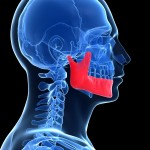
Temporomandibular joint (TMJ) disc displacement without reduction (DDwoR) is thought to occur in 2-8% of patients with temporomandibular disorders. It can cause TMJ pain and restricted opening and is sometimes referred to as ‘closed lock’. A range of treatment have been tried and the aim of this review, was to investigate the effects of different [read the full story…]
Access flap surgery treatment for intrabony defects may result in improved clinical outcomes – ADA-EBD critical summary
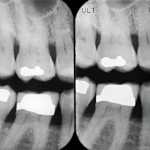
The latest critical summary from the ADA-EBD Center considers a 2012 systematic review from Graziani et al. The aim of the review was to assess the effectiveness of conservative periodontal surgery (CS) for the treatment of periodontitis-related intrabony defects. Conservative periodontal surgery was defined as procedures that involved debridement of intrabony defects and root surfaces [read the full story…]
New Cochrane Protocol – April 2014

The aim of this new Cochrane protocol is to evaluate the effects of methods for acceptance of local anaesthetic in children during dental treatment. As the protocol notes three factors have been considered to influence discomfort during delivery of local anaesthetic: factors related to the patient, equipment factors and aspects that are under control [read the full story…]
Amalgam still an effective filling material for posterior teeth
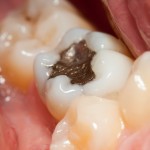
Amalgam has been used for filling teeth for around 150 years. Over that time amalgam restoration have been shown to be a predictable, successful and cost effective. Concerns regarding aesthetics and their mercury content together with improvement in tooth-coloured dental resin cements have seen a decline in their use. Recently the Minamata Convention on Mercury [read the full story…]
Elf Break
Continuous positive airway pressure for obstructive sleep apnoea – ADA-EBD critical summary
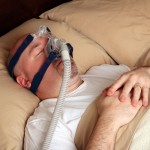
Yesterday we look at an ADA-EBD critical summary of a review on maxillomandibular advancement (MMA) surgery. Today we are considering an ADA-EBD summary of a 2009 review of continuous positive airway pressure (CPAP) by Mcdaid et al. The review included 28 randomised controlled trials (1989 patients) comparing CPAP with controls or dental devices. Both subjective [read the full story…]
Mandibular advancement for obstructive sleep apnoea – ADA-EBD critical summary
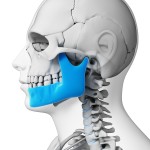
This new ADA-EBD critical summary looks at a 2011 systematic review by Pirklbauer et al. The review compared maxillomandibular advancement (MMA) surgery to conventional continuous positive airway pressure (CPAP) ventilation therapy for reducing signs and symptoms of obstructive sleep apnea syndrome (OSAS) The summariser highlights that although 39 studies and 1213 patients in total were [read the full story…]

